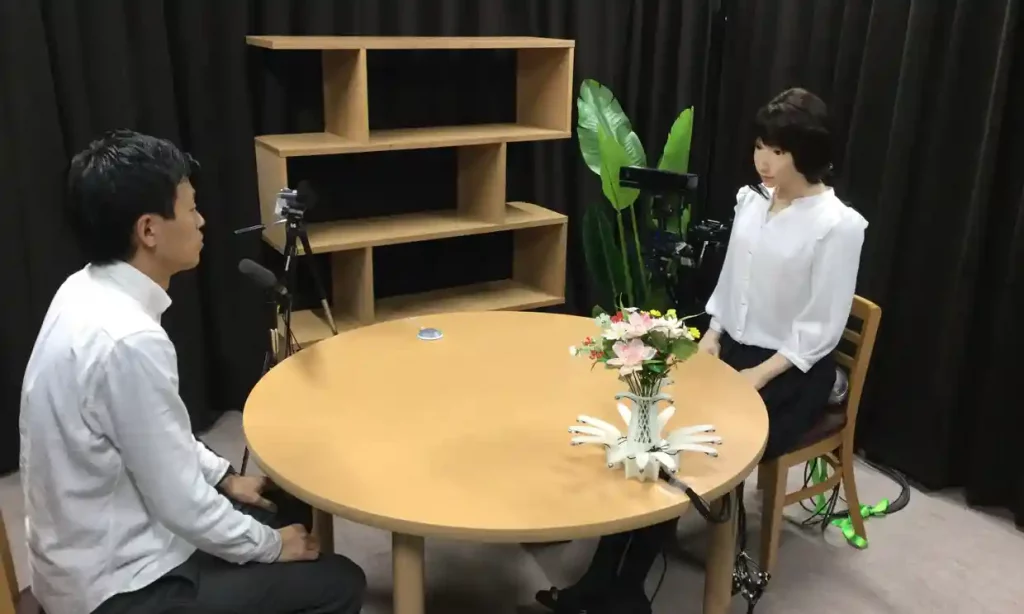
- ARAB NEWS
- 30 Jun 2025

KYOTO: A group of researchers including Kyoto University’s Koji Inoue has developed a robot that changes the way it laughs depending on the laughter of the interacting partner.
According to the team, the robot analyzes the frequency of the sound of human laughter and picks from three options to respond to the laugh using an artificial intelligence system. The robot lets out a hearty or social laugh or does not laugh at all.
The robot is the first of its kind in the world that chooses on its own the best type of laughter to fit with the interaction.
Inoue, assistant professor at the university’s Graduate School of Informatics, and others aim to develop a robot that not only gives an apt reply to a question but also shows empathy to what the interacting partner is saying.
“By developing a robot that laughs naturally, we hope to create a robot that can coexist alongside people,” Inoue said.
The team recorded conversations of 82 people who met for the first time.
Focusing on social laughs uttered in response to the laughter of conversation partners, the team fed the audio data into the AI system.
The team then created a system that analyzes the frequency of laughter given off by an interacting partner and makes a choice of whether it will laugh along with the person. The system finally decides whether to burst out laughing or let out a social laugh if it chooses to laugh.
The results of the team’s research were published on an international academic journal Sept. 15.
The team plans to conduct a demonstration test to eventually introduce the robot at elderly care facilities. It also hopes to develop a function in which the robot laughs by understanding conversations.
JIJI Press